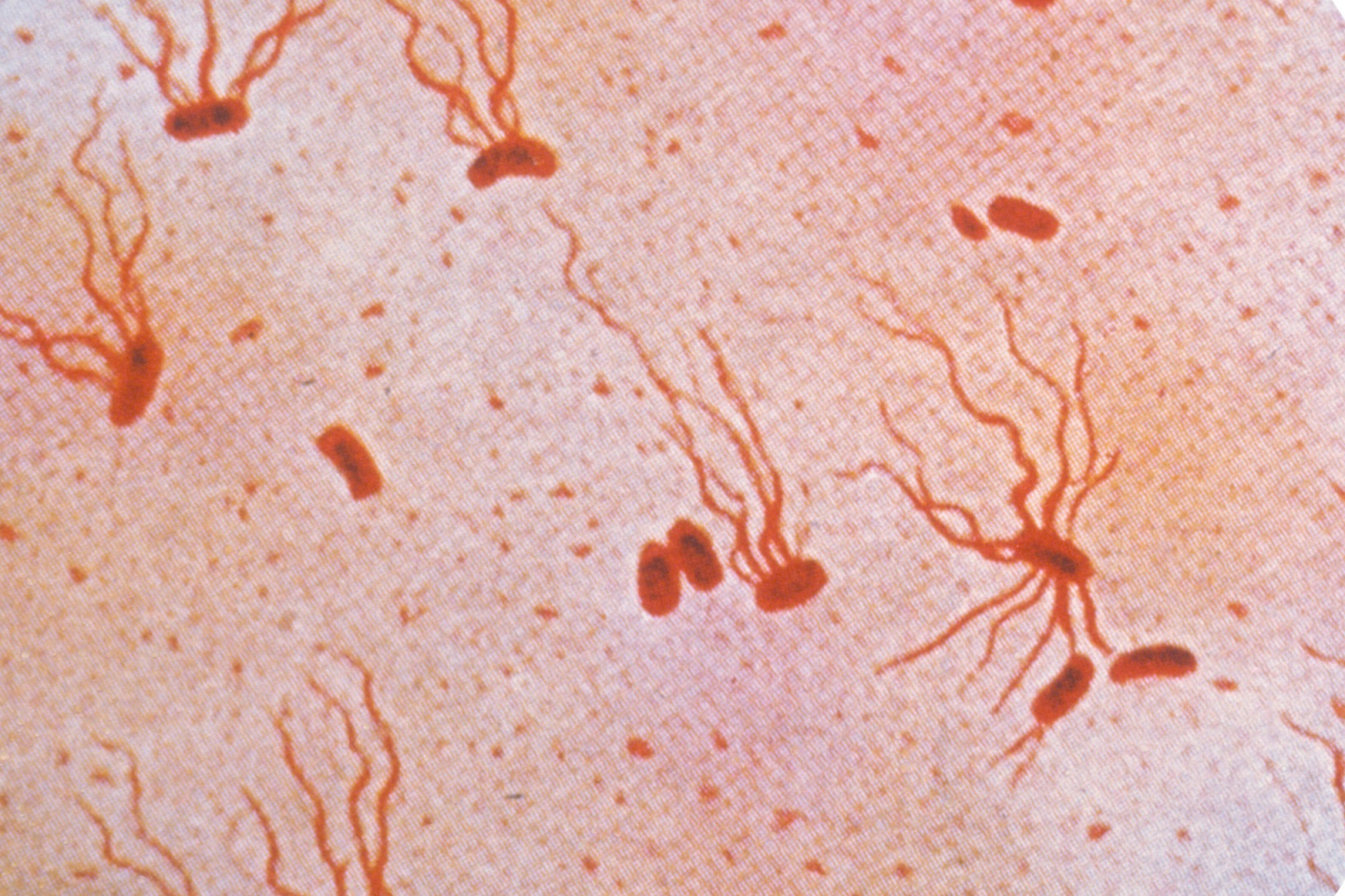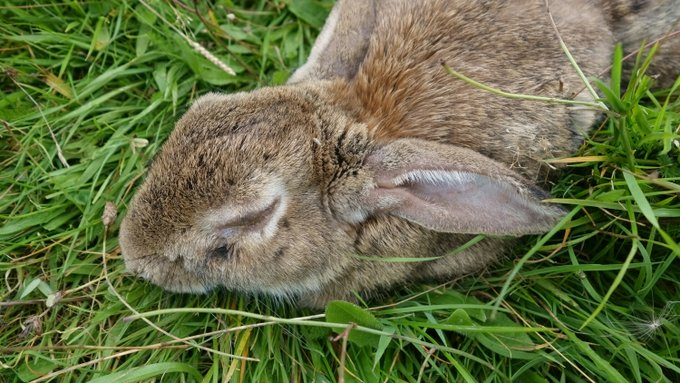Humans tamed the microbes behind cheese, soy, and more

The genomes of bacteria and fungi used in food production bear the signs of domestication also seen in crops and livestock
Welcome to Mostly Microbes and Infection. David Ojcius posts newspaper and journal articles in the broad field of microbiology.










